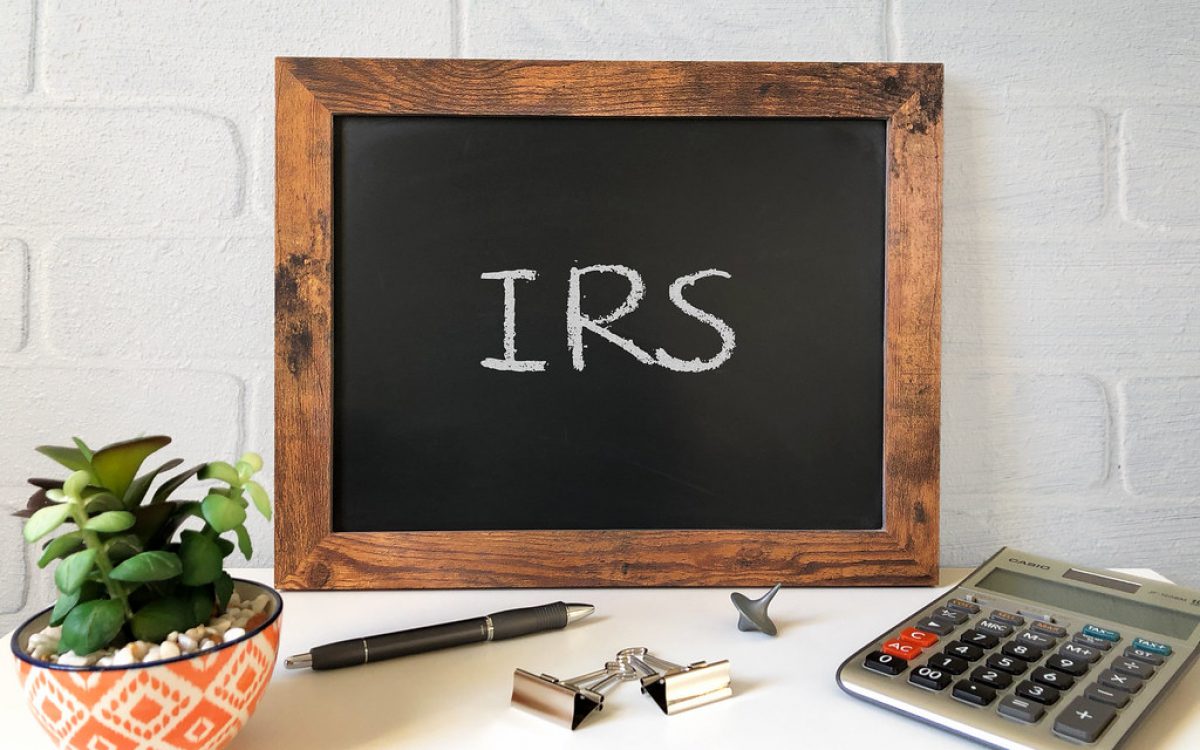The IRS recently announced the ACA affordability testing threshold for 2021 will be 9.83%, a small increase from the 2020 level of 9.78%.
The affordability test is established on the employee’s cost-share of the employee-only level of coverage. This is on the least expensive medical plan option offered by their employer and cannot exceed a certain percentage of the employee’s household income. For 2021, this percentage will be 9.83%.
To avoid triggering a penalty under Section 4980H(b) of the Internal Revenue Code (the “Code”), an applicable large employer must offer to at least 95% of their full-time employee’s health plan coverage that provides minimum essential coverage and is affordable.
Since employers do not know an employee’s household income, so for purpose of Code Section 4980H(b) an employer is allowed to set its contribution rate using one of three safe harbors, where the employee only contribution does not exceed:
- Federal Poverty Level Safe Harbor. 83% of the federal poverty level for a single individual. For a calendar year plan, the monthly contribution for 2021 should not exceed $104.53 ($12,760 x 9.83%/12).
- Form W-2 Safe Harbor: 83% of the individual’s Form W-2 wages (as shown in Box 1) for that year; or
- Rate of Pay Safe Harbor: 83% of the individual’s rate of pay. For an hourly employee, the threshold is calculated as 9.83% x 130 hours x the rate of pay in effect as of the first day of the plan year, or the lowest rate of pay during the calendar month. For a salaried employee, the threshold is calculated as 9.83% x the monthly salary in effect as of the first day of the plan year; if the monthly salary is reduced, the rate of pay safe harbor may not be used.
Employers should make sure at least one medical plan option satisfies an affordability safe harbor.
